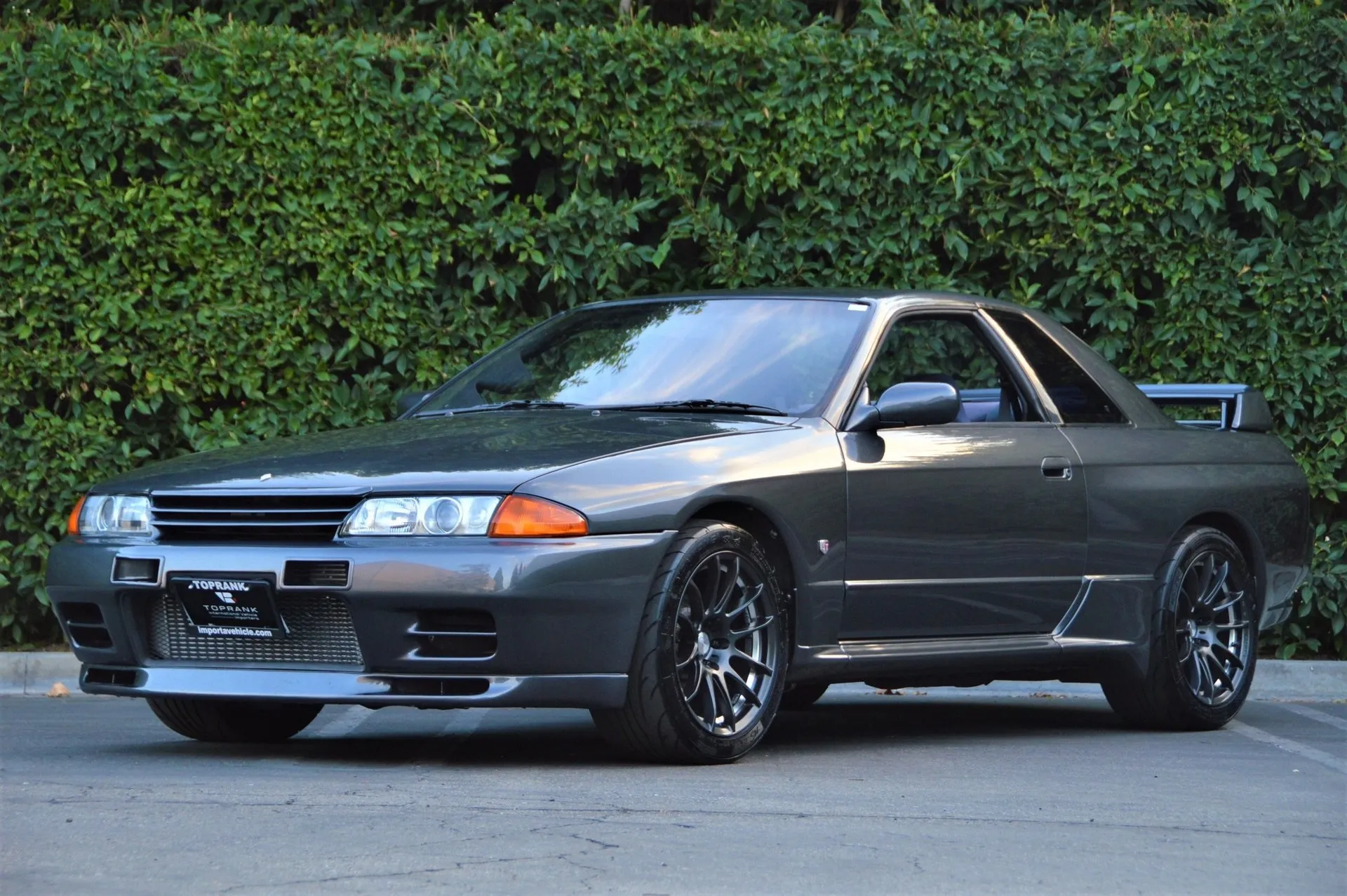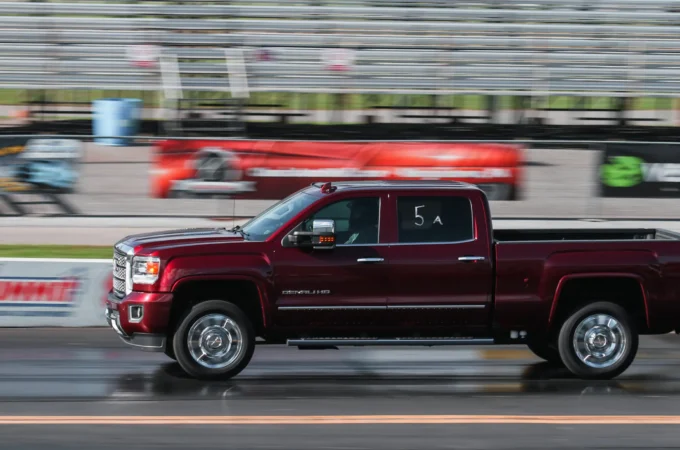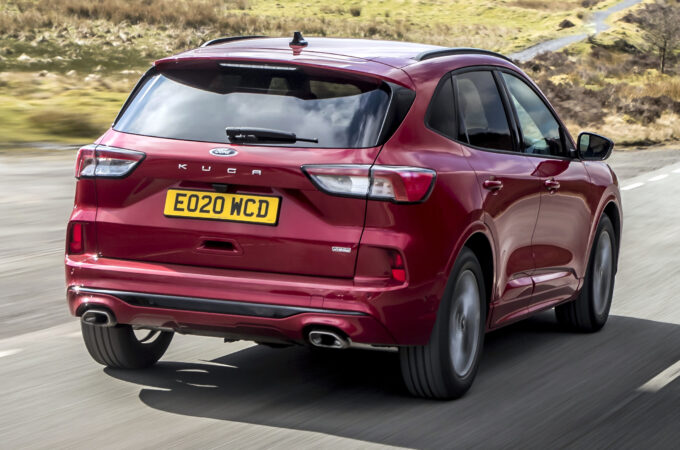
The RHD Experience: What You Need to Know About Right-Hand-Drive Vehicles
Have you ever wondered what it’s like to drive a right-hand-drive (RHD) vehicle? These unique cars are designed to be driven in countries such as Britain, Japan, Australia, New Zealand and Southern Africa, where people drive on the left side of the road. This article explores the ins and outs of RHD vehicles, including some unique considerations as well as the advantages.
An Introduction to RHD Cars

If you’ve never heard about or seen an RHD vehicle, there are a few differences that set them apart from left-hand-drive (LHD) vehicles. That being said, the two also have their similarities.
While RHD cars are not as common in the United States, they are legal to drive. However, it’s important to note that some states have specific regulations regarding the import and registration of RHD vehicles. If you plan to import an RHD vehicle, a good place to start is by exploring this selection of premium quality Japanese imported vehicles and doing vehicle-specific research with your local Department of Motor Vehicles to ensure compliance.
One of the main differences between driving an RHD vehicle and an LHD vehicle is the position of the steering wheel. In RHD cars, the steering wheel is on the opposite side and you will be shifting gears with your left hand instead of your right hand. However, the shift pattern for changing gears remains the same as an LHD vehicle, so it’s just a matter of getting used to the different hand placement.
The pedal configuration in RHD cars is the same as in LHD cars. The accelerator, brake and clutch pedals are in the same position, allowing for a seamless transition between the two types of vehicles. This means that if you are already familiar with driving an LHD car, you should have no trouble adapting to an RHD vehicle.
What to Consider Before Owning an RHD Car in the USA
One potential drawback of driving an RHD vehicle in a country where LHD is the norm is limited visibility. Since the driver’s seat is on the opposite side, it may be more challenging to see oncoming traffic, especially when overtaking or making turns. It’s important to be extra cautious and take your time to ensure the safety of yourself and others on the road.
Due to the limited demand for RHD vehicles in countries where LHD is the standard, the availability of these cars on the market may be limited. This can make finding the right RHD vehicle more challenging and you may need to explore specialized dealers or import options to get the car you desire.
When purchasing an RHD vehicle, it’s essential to consider the potential resale value. Since these cars have a niche market, their resale value may not be as high as that of LHD vehicles. However, if you plan to keep the car for an extended period, this may not be a significant concern for you.

The Advantages of Driving RHD Cars in the USA
One advantage of owning an RHD vehicle is the access it provides to import markets. If you enjoy collecting unique cars or want to explore the world of car imports, owning an RHD vehicle can open up a whole new world of possibilities.
Another advantage of driving an RHD vehicle is that the positioning of controls aligns with the generally dominant right hand. This can make it easier and more comfortable to operate the various controls, such as the gear shift, handbrake and window controls.
Driving an RHD vehicle can also make communication with pedestrians and cyclists easier. Since the driver is closer to the sidewalk or bike lane, it’s easier to make eye contact and communicate intentions, enhancing overall road safety.
Final Thoughts
In conclusion, driving an RHD vehicle can be a unique and exciting experience. While there are some differences to consider, such as gear shifting and limited visibility, there are also advantages, such as access to import markets and easier communication with pedestrians and cyclists. If you’re up for a new driving adventure, an RHD vehicle might be just what you’re looking for.




